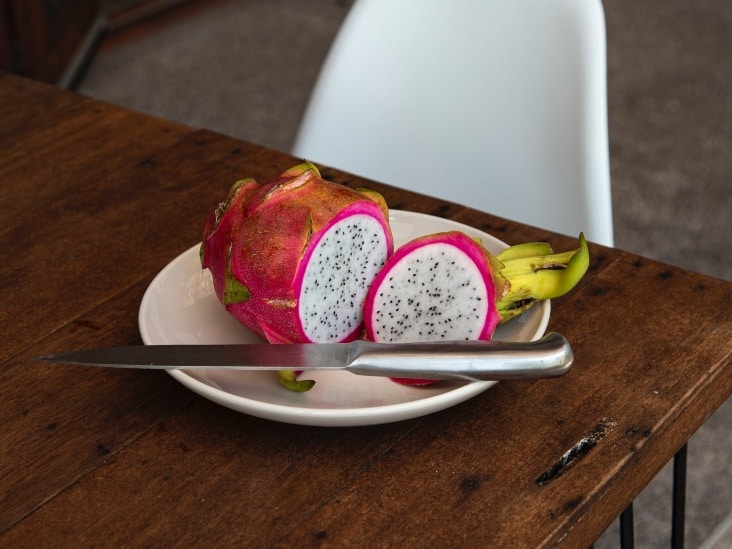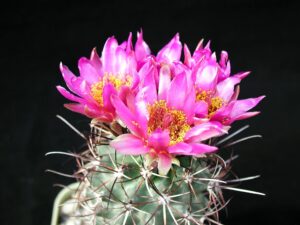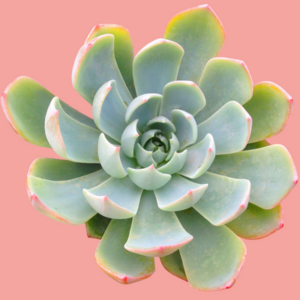When it comes to unconventional culinary delights, the cactus stands out for its unique texture and nutritional benefits. This spiky plant is not only a staple in various cuisines, particularly in Latin American and Mediterranean diets, but it has also piqued the curiosity of food enthusiasts around the globe. From its vibrant green color to its slightly tangy flavor, cacti can be a subtle yet delicious addition to a variety of dishes. In this guide, we delve into the art of eating and preparing this fascinating plant.
Understanding the Varieties of Edible Cactus
Before one ventures into culinary experimentation with cactus, it’s important to recognize the various types available, each possessing its own flavor profile and culinary applications. The most commonly consumed cactus species is the prickly pear (Opuntia), known for its vibrant fruit known as ‘tuna’ and its pads referred to as ‘nopales.’
Prickly Pear: The jewel of the desert, this cactus offers sweet, succulent fruits that range in color from deep magenta to pale yellow. When prepared correctly, the fruits add a delightful sweetness to salads, salsas, or even beverages.
Nopales: The young pads of the prickly pear are not only edible but also highly nutritious. Nopales have a slightly tangy flavor and a texture akin to okra. They are a versatile ingredient and can be grilled, boiled, or sautéed to accompany a variety of dishes.
Other Edible Cacti: While prickly pear is the most recognized, there are numerous other cacti worth exploring. The saguaro cactus, for example, yields sweet fruits high in vitamin C and can be used in jellies or syrups. The cholla cactus, recognizable by its distinctive spines, also offers edible flower buds which can be pickled or cooked.
Preparation: How to Care for the Prickly Pear and Nopales
Before diving into the culinary realm of cactus, proper preparation is key to enjoying the full potential of these succulent delights. First, when handling prickly pear pads, it’s crucial to wear gloves to protect your hands from the fine, hair-like spines known as glochids. These can stick into your skin and cause irritation.
Cleaning Nopales: Start by trimming the edges of the pads to remove the spines. Then, rinse the nopales thoroughly under cold water to remove any remaining spines or dirt. Next, slice the nopales into strips or cubes depending on your recipe. Boiling them for a few minutes can reduce the slimy texture, a property that some may find unappealing.
Dealing with Prickly Pear Fruits: The fruits can be hard to peel due to their spines. The most efficient method is to cut off the ends, make a vertical slit from top to bottom, and carefully peel the skin off with a knife. The vibrant flesh inside is deliciously sweet and can be eaten raw, blended into drinks, or used in desserts.
Cooking and Culinary Applications
Pondering how to incorporate cactus into your meals? There are myriad ways to enhance your dishes with this distinctive ingredient. Here are some innovative ideas to get you started:
Grilled Nopales Tacos: After preparing your nopales, grill them until they obtain smokey char marks. Serve them in warm corn tortillas with your choice of toppings, such as grilled onions, fresh cilantro, and crumbled queso fresco. Enjoy a taste of the Southwest with this delightful dish.
Prickly Pear Juice: Blend the fruit along with water and a sweetener of your choice to create a refreshing juice. Strain the mixture to remove any seeds or pulp, yielding a vibrant, thirst-quenching drink, ideal for hot summer days or as a unique cocktail base.
Chopped Nopales Salad: Combine diced nopales with fresh tomatoes, red onions, cilantro, and a drizzle of lime juice for a simple, zesty salad. This dish is not only refreshing but also packed with vitamins and fiber.
Incorporating Cactus into Other Recipes
Cactus can also complement a variety of dishes beyond Mexican cuisine. Consider adding diced nopales to your morning omelet for an unexpected twist, or try savory cactus fritters, blending the diced pads with flour and spices, then frying until golden brown. The hearty texture of cactus also works wonders in soups, stews, and even stir-fries.
Benefits of Eating Cactus
Aside from its culinary versatility, consuming cactus offers numerous health benefits. Cactus is low in calories, high in fiber, and rich in antioxidants, making it a superb addition for those seeking a healthy diet. Studies suggest that the nutrients in cactus can assist in regulating blood sugar levels, supporting heart health, and aiding digestion. Regular consumption can also promote hydration due to its high water content.
Conclusion: Embracing Cactus in Your Diet
The consumption of cactus is not merely a trend; it is a journey into the diverse flavors and nutritional benefits that this unique plant offers. From the prickly pear to the nopales, cacti can be a delightful and healthful addition to your culinary repertoire. By preparing and incorporating these ingredients into your meals, you not only enhance your dishes but also embrace a time-honored tradition that celebrates the richness and adaptability of nature’s bounty. With an open mind and a little creativity, you can discover the endless possibilities that eating cactus presents.





Leave a Comment